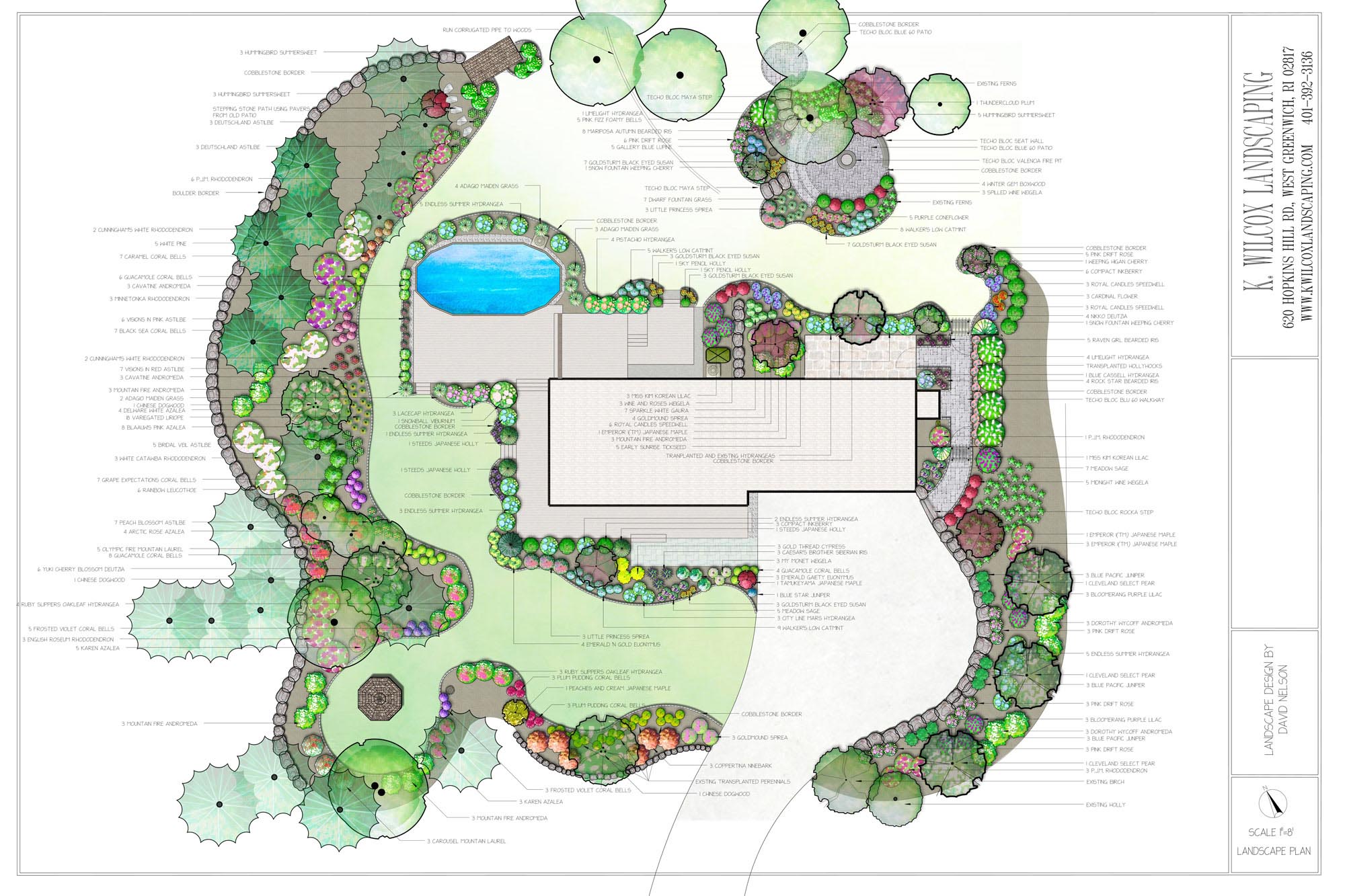Regarding enhancing the aesthetic and usability of outdoor spaces, landscaping takes a crucial role. Whether you want to build a stunning garden escape, a lovely front yard that enhances curb appeal, or an environmentally friendly garden that fosters eco-conscious living, the right resources and techniques can make all the difference. With the growth of tailored outdoor living areas, more homeowners are looking for innovative ideas and practical approaches to transform their gardens into tranquil environments.
In this extensive guide, we will examine crucial landscape design concepts, from the current trends for the year 2025 to evergreen techniques that cater to compact spaces and minimal upkeep strategies. We will also discuss the intricate art of seasonal garden design, highlight the value of selecting appropriate plants, and offer tips for incorporating hardscaping. Whether you are a seasoned designer or a beginner diving into this design realm, the following recommendations and resources will help you create a landscape that is not only visually appealing but also a real expression of your unique taste.
Best Garden Planning Ideas
Crafting a beautiful backyard starts with creative design ideas that reflect your individual style and address your outdoor needs. One common method is to incorporate diverse levels and textures within the space, using elevated planters and layered plantings to create depth and appeal. This method not only enhances the visual appeal but also provides better water flow and soil health. Incorporating walkways made from stone or decorative gravel can also harmonize the space while providing functional access to multiple areas.
An additional significant trend is the integration of alfresco areas that extend your living space capabilities. Designing Visit the website , dining area, or relaxation area can convert your outdoor area into an welcoming gathering place for family and friends. Incorporating inviting furniture, soft lighting, and natural materials will elevate the experience outside. Moreover, adding elements like fireplaces and water features can establish a tranquil atmosphere that promotes outdoor enjoyment year-round.
Minimal upkeep landscaping is progressively popular by homeowners wanting beauty without the hassle of too much upkeep. Choosing local flora adapted to your local climate and soil conditions can offer a lively variety of colors while demanding less irrigation and care. Merging these plants with stone features such as patios or retaining walls can streamline maintenance efforts, allowing you to appreciate your landscape without the ongoing needs of traditional gardening.
Fundamental Techniques for Exterior Revitalization
Altering an outdoor environment starts with a concise blueprint that comprises the dual aspects of visual appeal and functionality. Begin by assessing the current design, identifying areas that require improvement, and deciding how you desire to use your space. This first assessment sets the stage for a integrated design that enhances your outdoor enjoyment. Think about the flow of traffic, arrangement of furniture, and how distinct elements connect in the outdoor setting.
Adding hardscaping components such as patios, walkways, and retaining walls provides stability to your design. These features not just enhance the visual appeal and also provide functional surfaces for activities and lessen upkeep needs. Choose materials that complement your home’s architecture and integrate smoothly with natural surroundings. Intelligent hardscaping promises your yard can withstand the trial of time and providing a usable outdoor living area.
An additional key approach is the deliberate use of plants and lighting. Choose plants that are appropriate for your climate and preferred maintenance level, focusing on native species for an environmentally friendly approach. Layering plants with differing heights creates depth, while seasonal flowers offer ongoing interest throughout the year. Additionally, apply lighting to showcase focal points and create ambiance during evenings. Well-planned lighting changes your landscape into a magical retreat, ensuring you can savor your outdoor space at all hour.
Planning and Execution of Landscape Design Projects

Effective landscaping begins with thorough preparation. This stage includes evaluating the space you have, recognizing your needs, and establishing a budget. Collect ideas from various sources like literature, magazines, and online platforms, focusing on the top 10 landscape design ideas that align with your aesthetic. Develop a list of desires that features elements such as water features, external constructions, and particular plant types that you desire in your design. A thorough site assessment will enable you to understand the solar exposure, soil composition, and drainage, which are crucial for creating a sustainable and visually appealing landscape.
After the planning phase is finished, the subsequent step is to develop a landscape design plan. Sketch out your concepts, incorporating hard landscape elements and taking into account the rules of color and composition. For those new to landscape design, utilizing apps can simplify this task, permitting for simple revisions and adjustments. Make sure to consider how your design integrates with your home’s design and environment. This is the time to confirm choices for plants, materials, and features while considering practicality and care requirements.
With the design finalized, it's the moment to move into implementation. This involves preparing the site, which might entail removing debris, leveling, and improving the soil. Follow your design carefully, executing each phase systematically, whether you're constructing hardscapes or sowing. Maintain an awareness on the changing seasons and how they may affect your landscape throughout the year. A well-planned landscape will not only enhance the aesthetic of your outdoor space but also provide a feeling of peace and connection with the environment. Regular maintenance will be essential to maintain the durability of your design and to adjust to evolving conditions over time.
